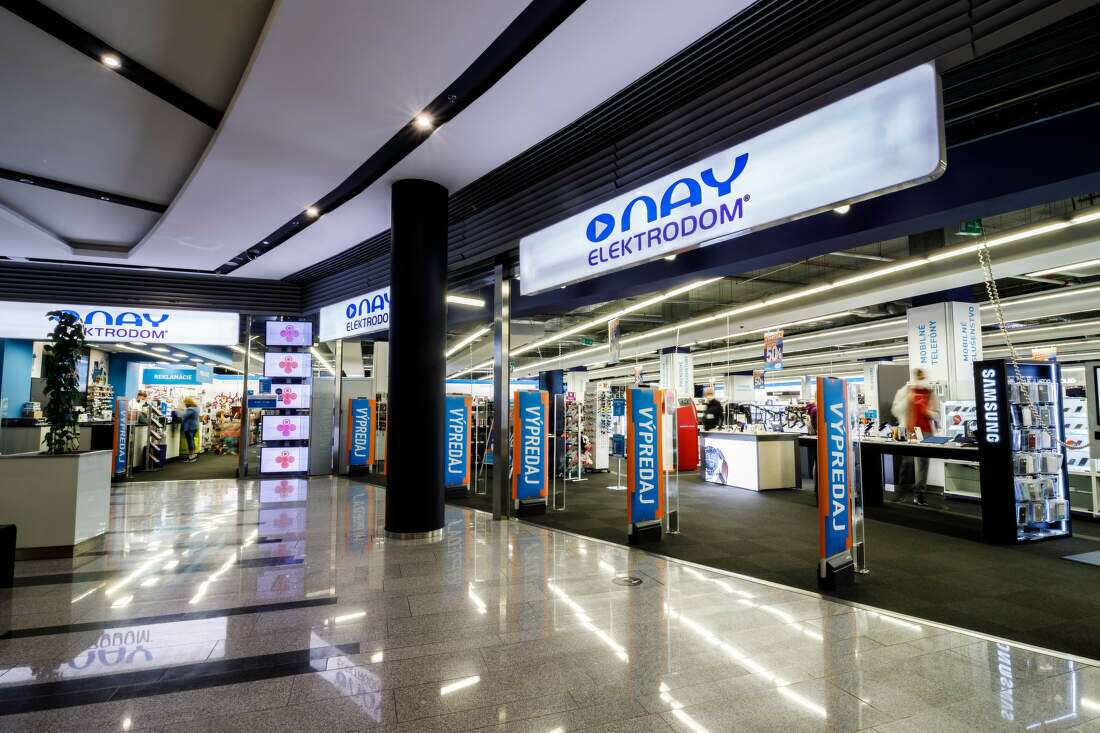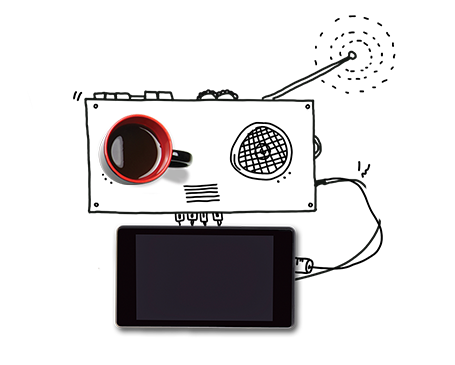
The NAY electronics retail chain is working hard to thrive in an increasingly digital world.
Retail has always been based on trust, which is built on exceptional customer care and providing an outstanding customer experience. This will remain the case in the future, but the ways and means of servicing customers will change significantly in this decade.
Technology will be at the centre of this change. The shopping of the future will be more interesting and convenient both online and at physical stores. More transactions will take place through mobile devices and social networks, and the physical and virtual worlds will be even more interconnected thanks to the “omnichannel” concept. Customers will be able to serve themselves to a greater extent than today, while brands will get to know each client perfectly; this will allow them to be able to provide a personalized customer experience.
The CEO of the NAY electronics retail chain, Martin Ohradzanský, is well aware of the upcoming dramatic changes. When he took over as CEO about a decade ago, online sales accounted for only a tiny proportion of the company’s total revenue. A decade later, online sales now account for about a third of total sales. In coming years, however, more than just the online to off-line sales ratio will change in the retail world.
Digitalization and automation are an integral part of NAY’s long-term strategy that has been set out by Ohradzanský and communicated by the company at annual employee conferences.
“It is not enough to present the vision and strategy just to the managers. All our people need to know it to see where we are heading and why it is important,” he says.
The need for automation stems from the idea that for a company to be competitive and profitable in the long run, it must be able to serve more customers with existing resources and cope with growing fluctuations in demand. This is due to the growing seasonality of consumer electronics purchases and the unexpected introduction of various measures during the pandemic.
Naturally, the digital transformation of a large traditional retail chain, such as NAY, is not a short and fast sprint to the finish; however, it is not a long and challenging marathon either. The most fitting sports metaphor would be a comparison to a long series of runs–some of them are short, while others are long – whereby the company is gradually yet systematically heading towards a more digital future.

NAY has already made some progress. In recent years, it has implemented several software solutions – from the basic SAP enterprise information system to specialized software for distribution and order management automation. This has made it easier for employees to do their job, and it has improved customer service.
Technologies that benefit both employees and customers include things such as self-service terminals that assist customers with selecting a case for their mobile phone. In several NAY stores, customers have tablets where they can enter the brand and model of their mobile phone; on the basis of that information, all compatible cases in the display case are then highlighted with LEDs. This is a fairly simple self-service technology that can make the purchasing experience more pleasurable and convenient, while also making things easier for staff.
NAY’s robotic process automation (RPA) project was driven by similar motivations. This allows selected activities – especially those that require a repetitive sequence of steps based on clearly defined rules – to be performed by a software robot instead of a human.

Process automation makes it possible to improve customer service and make things easier for staff – especially those working in the back-office and the call centre. Due to large demand surges, the company had been increasingly hitting their capacity limits during peak seasons. Covering these peaks with a temporary workforce was always challenging. With online sales increasing, there was a risk that the company would not be able to process some orders in a sufficiently short time.
NAY worked with Soitron to automate processes, such as order cancellation requests, using RPA. Call centre agents used to process several thousand of these requests each month. For each cancellation, they had to conduct several steps in various systems–such as checking if the goods had already been dispatched and paid for. Today, these tasks are performed automatically by a robot, which gives the staff more time to answer other questions and solve other customer issues.
Similarly, the call centre managed to automate the process of handling claims under extended warranties as well as selected administrative processes in finance and HR. Ohradzanský’s vision is to extend the RPA concept to other departments and processes.
“We want to implement robotization wherever it can help us unburden our staff or improve customer service, or ideally both,” he explains.
One of the main goals of automation is to help improve customer care and thus increase customer loyalty – be it by shortening waiting times, better information, or introducing new self-service options. It is here that Ohradzanský sees a great future.
“We used to stand in lines in banks with every payment order, and today we do all our transactions via internet banking. Retail is moving in the same direction,” he says.
Naturally, more extensive self-service options would not be possible without process automation. Although the combination of these terms may lead some employees to have concerns about becoming redundant, Ohradzanský keeps assuring people that this concern is unjustified.
“The goal is actually to stabilize the team and create conditions that would allow us to handle seasonal peaks while freeing up employees to work on tasks with a higher added value,” he explains.
If this vision is achieved, it will undoubtedly ensure a bright future for the company and its people.
We are in the process of finalizing. If you want to be redirected to our old version of web site, please click here.